Issoria (Issoria) lathonia
(Linnaeus, 1758)
-
 Subfamily: Heliconiinae - Argynnini
Subfamily: Heliconiinae - Argynnini -
 Wingspan: 35-50 mm
Wingspan: 35-50 mm -
 Flight period: Apr - Sep
Flight period: Apr - Sep -
 Spread: Common
Spread: Common -
 Host plants: Violaceae
Host plants: Violaceae
Information
The Issoria lathonia , also called Queen of Spain Fritillary is a medium-sized butterfly, with a wingspan of 40 - 45 mm.
It is quite common throughout Europe, * although in the British Isles, despite the females having been seen laying eggs, it is quite rare,
and no larvae or pupae have been found, except in the Channel Islands. In Italy it is also present in the islands. *
The front wing, with a slender profile, is orange in color above, with numerous roundish black spots; the basal area of both wings is dark brown.
The lower part of the rear wing has large silver spots.
The particular mother-of-pearl aspect of these spots (present to a reduced extent also in other Nymphalids) is due to the superimposition of transparent scales that
produce a silvery effect. **
The sexual dimorphism is not evident, the female is larger than the male with the darker veil, at the base of the wings, more extended.
Trivoltina, sometimes has a fourth generation in October, with flickering from March to October.
The Issoria lathonia hibernates in any stadium. Great flier of fast and nervous flight, it makes long trips, and is very adaptable.
The migratory tendencies of this butterfly mean that it can be found practically everywhere.
It can be found in dry and sunny meadows, rich in flowers and at the edge of the woods. Present from sea level up to mountain level.
The eggs are straw-colored with a conical shape, they are deposited individually on the stems and leaves of the nourishing plants.
The caterpillars are velvety black, heavily sprinkled with tiny white dots, and adorned with rows of opaque, orange-colored spikes.
along the back and hips. They are more active on sunny days. The larva stage lasts between 3 and 4 weeks and there are 4 moults in total.
The larvae, before the nymphosis, wander aimlessly for 2 or 3 days without feeding.
the host plants are different species of Viola such as Viola arvensis and Viola ticolor (wild pansy) and Viola canina.
* Lepidoptera mundi https://lepidoptera.eu/ - European Fauna https://fauna-eu.org/
** Bestimmungshilfe für die in Europa nachgewiesenen Schmetterlingsarten - http://lepiforum.de/
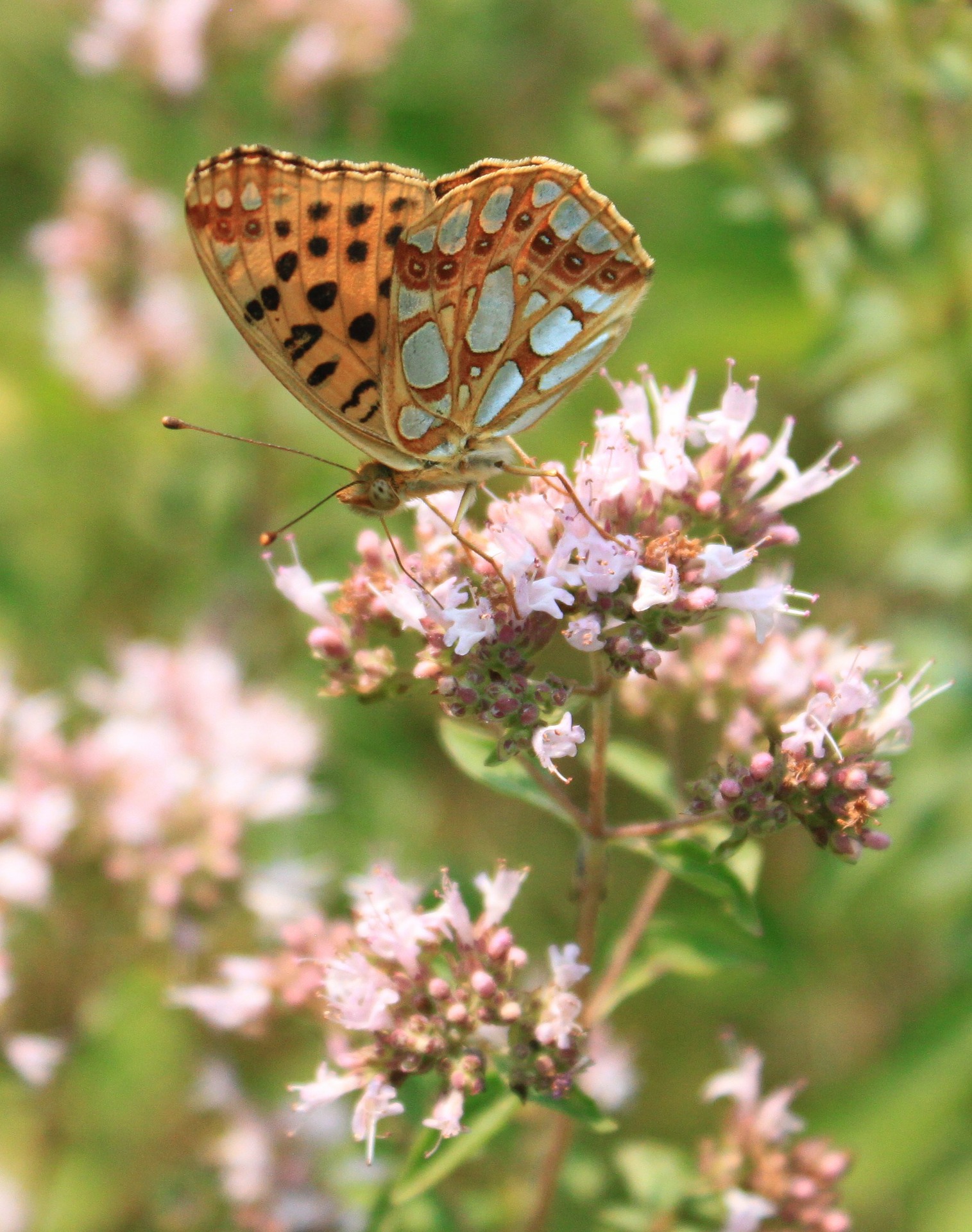

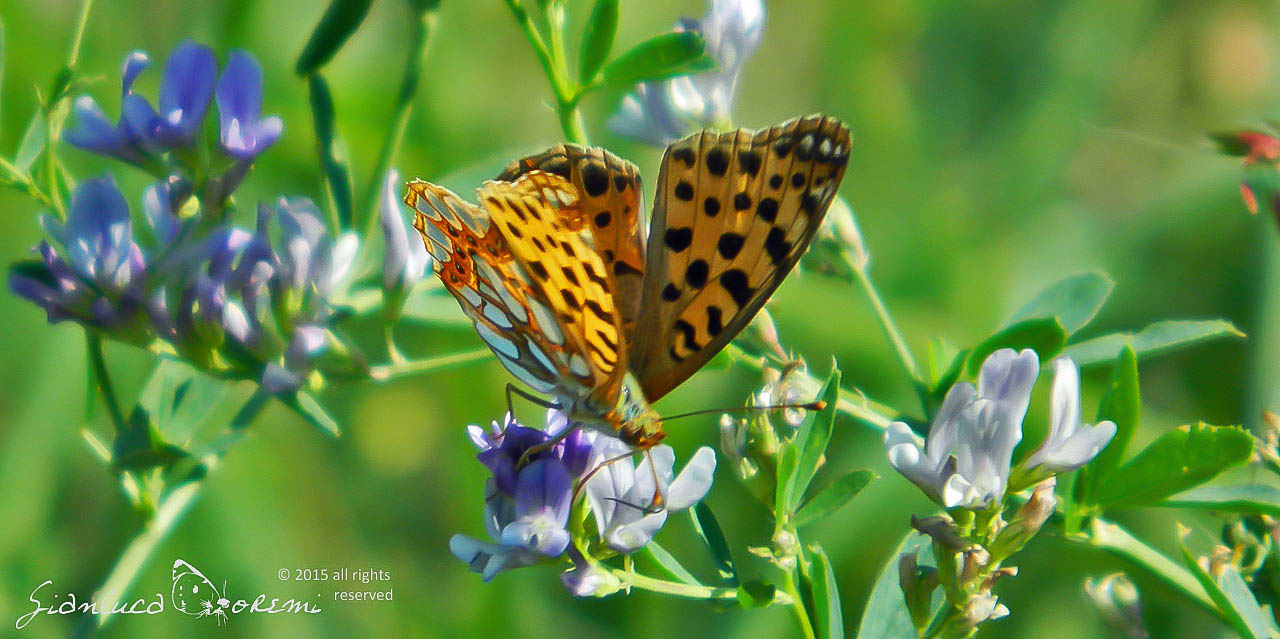
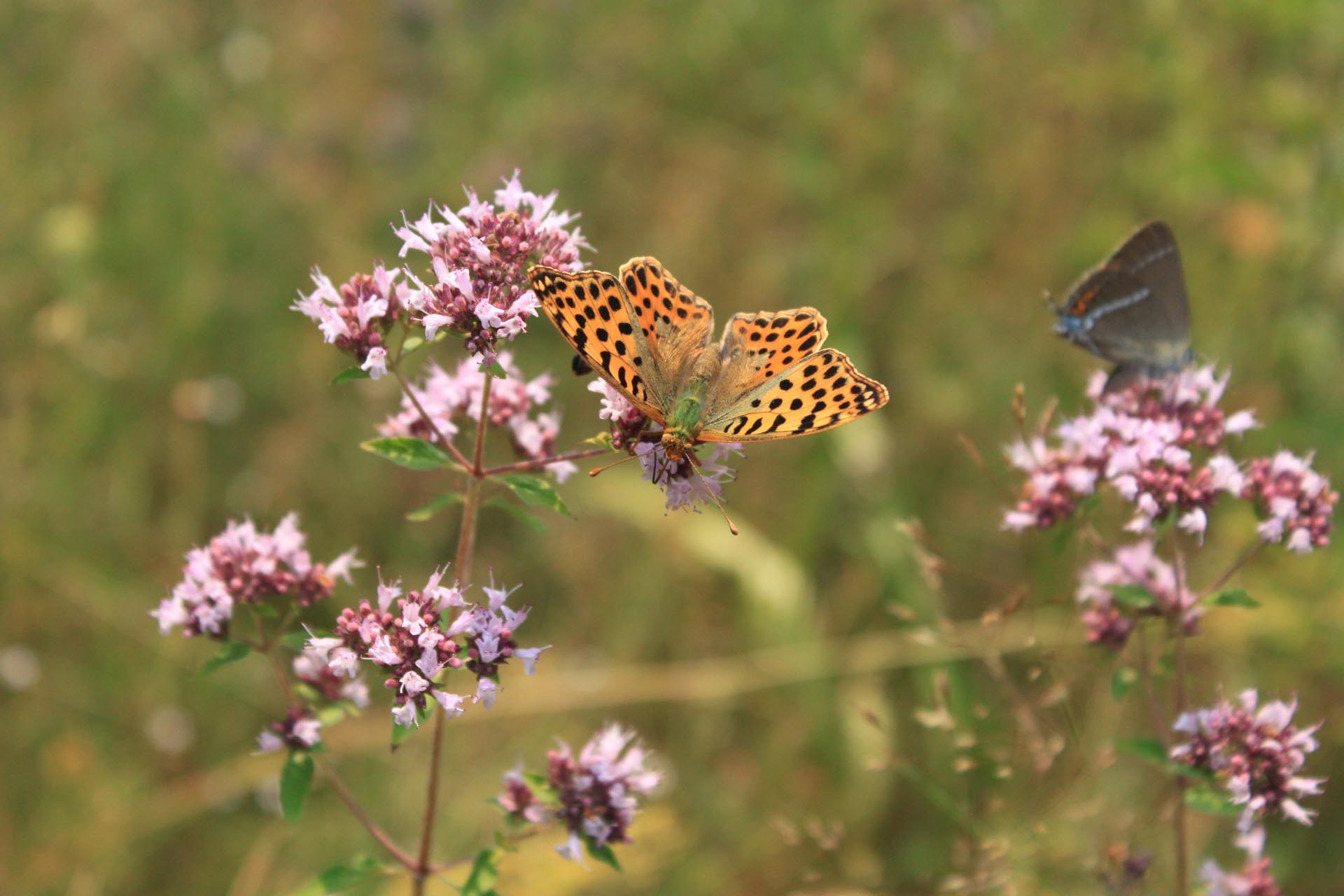
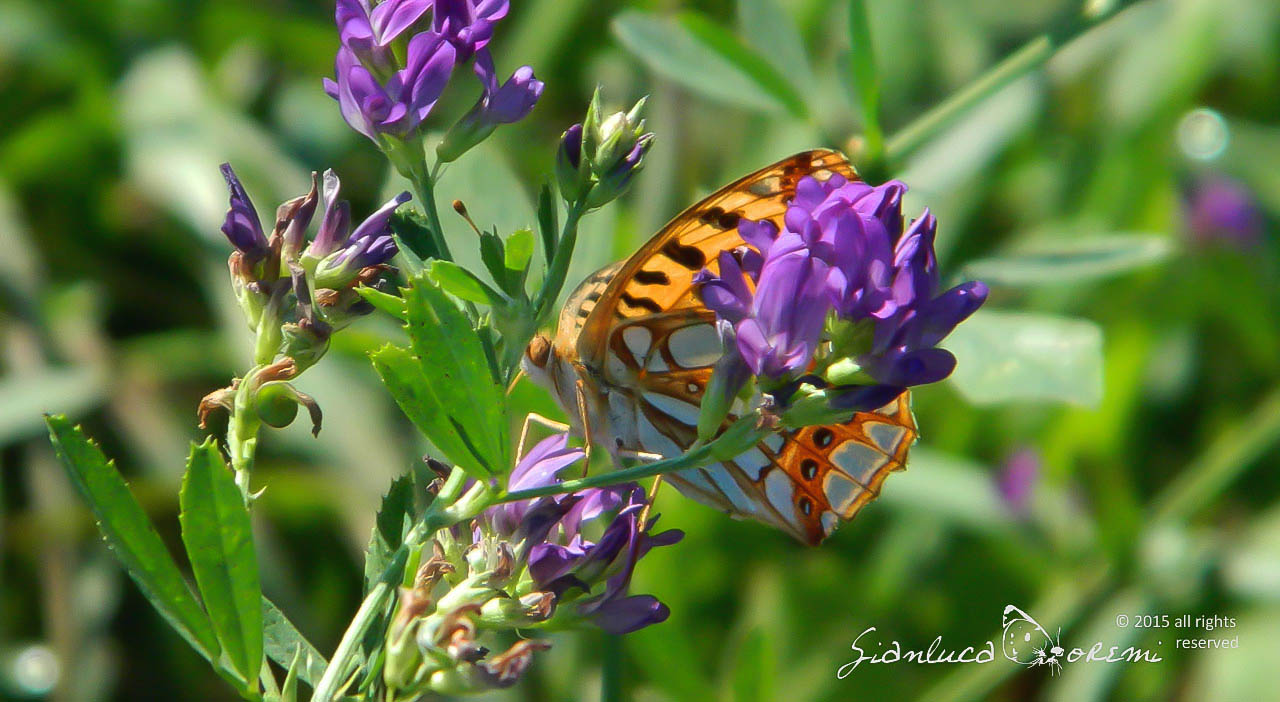
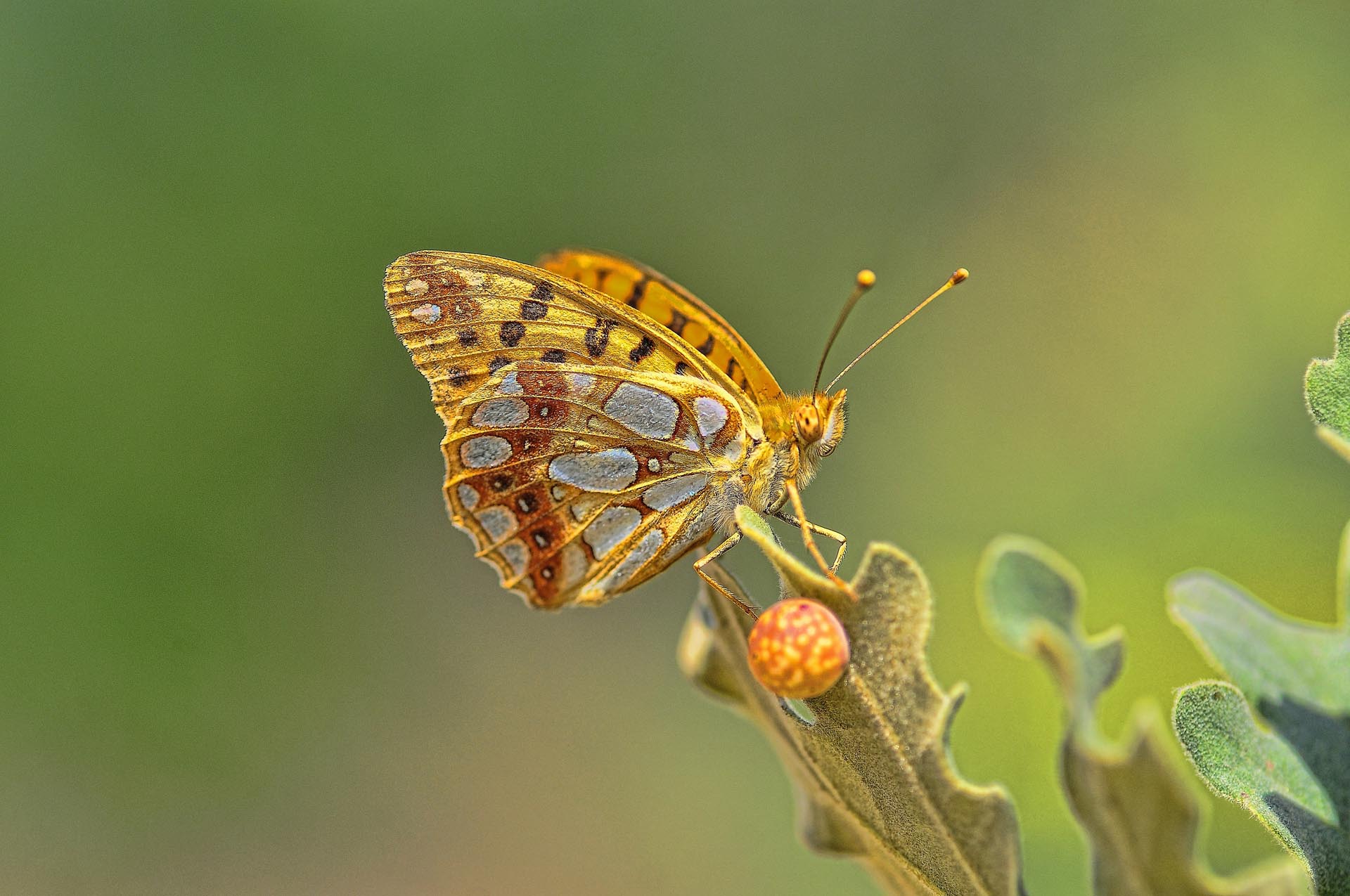
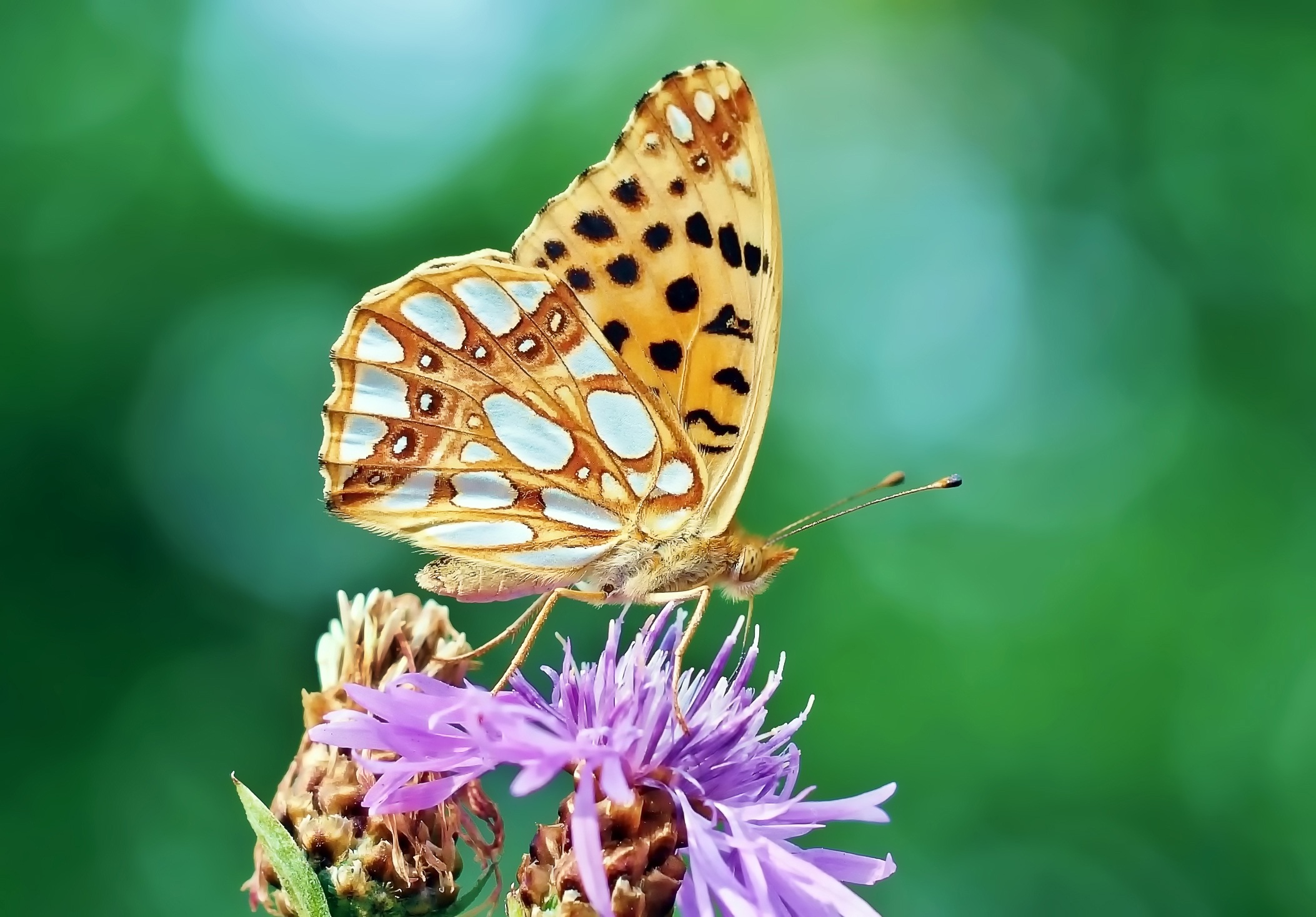
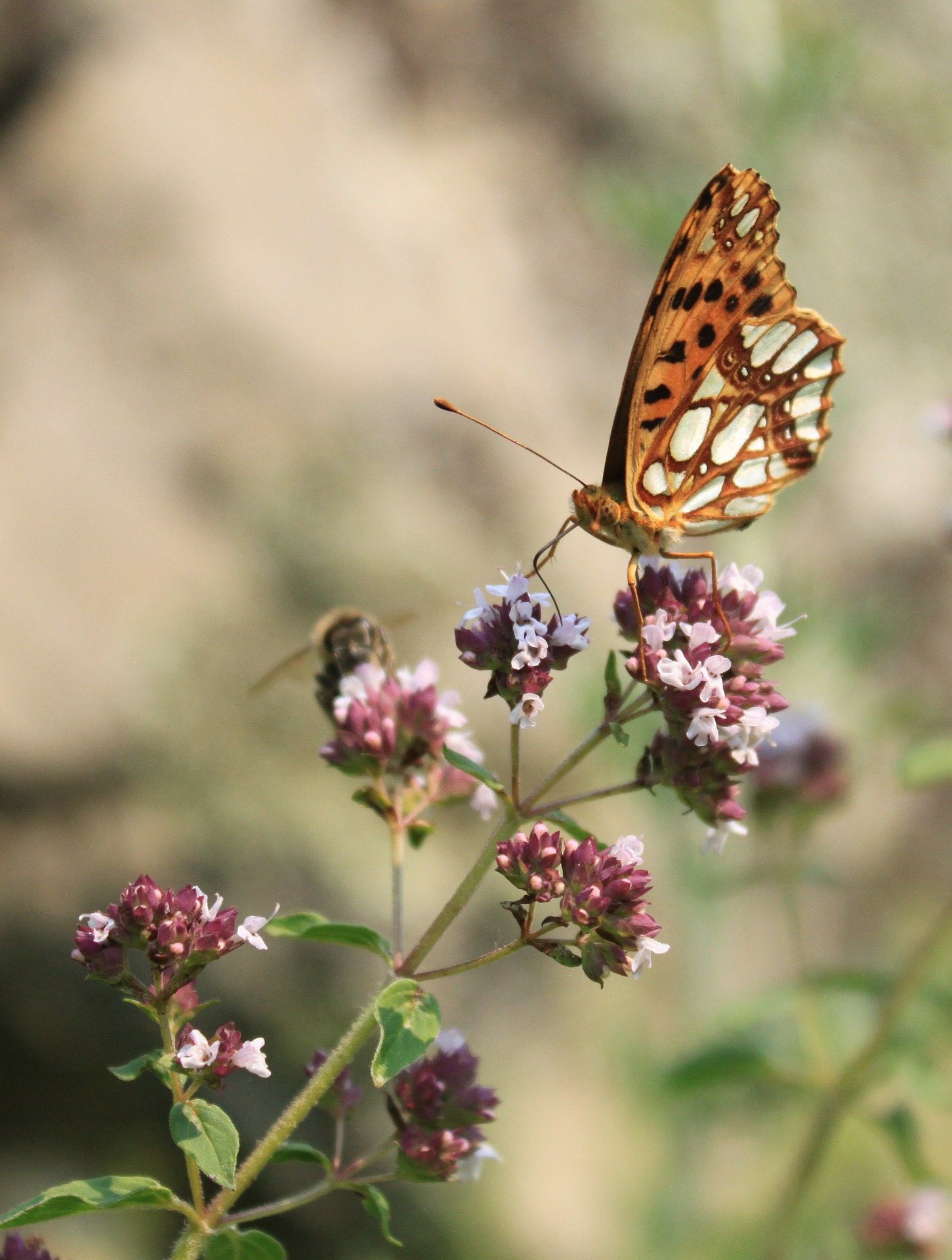

 EN
EN ITA
ITA
Social and publications